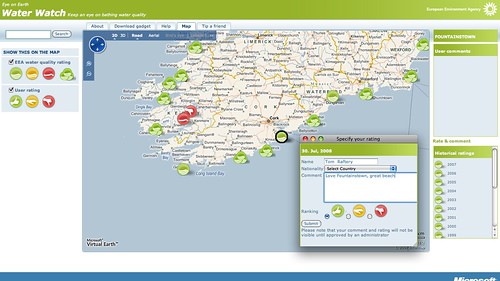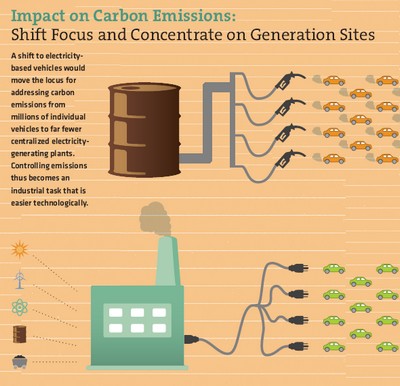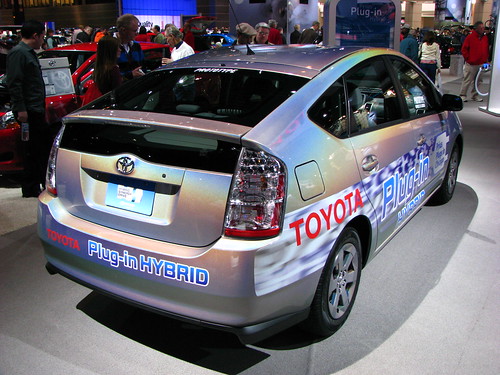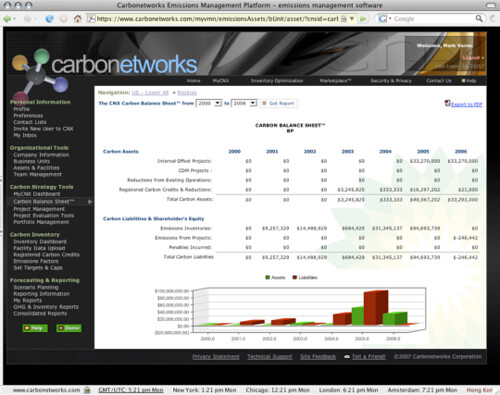James has written previously about how Microsoft and the European Environmental Agency (EEA) signed a non-exclusive five year deal with a goal to “make environmental information more accessible to citizens in Europe”.
As James said at the time:
Likesay, this is pretty much a canonical Greenmonk story. We are all watchdogs, we are all observers. Science progresses most effectively when research and data are widely distributed. Over 500 million people-that’s a lot of eyeballs. Interestingly enough the EAA is including Turkey in the scheme – so its taking the long, wide view. The EAA has a 13 year history of Open Data, such as making greenhouse gas information available to all, but normally focuses on EU policymakers, rather than citizens. Its great to see them turning the funnel the other way…
This morning EyeOnEarth, the first product of that agreement was launched. EyeOnEarth is a site listing water bathing quality for beaches and waterways throughout Europe.
It contains historical data going back as far as 1991 as well as the ability to give feedback on any beaches/waterways you have visited or are familiar with. This community-based approach makes it an exceedingly powerful tool and this has to be the first time we have seen grassroots activism, supported by central transparency, powered by Microsoft!
This water quality site is the first in a series of such sites which will be rolled out by Microsoft and the EEA. Others in the works are an air quality site and a site about nature and biodiversity parks you can visit.
The opening up of public data for public consumption, somewhat in the manner of Prof. Hans Rosling’s fabulous Gapminder site, but going well beyond that with the ability to give feedback into the system is hugely laudable.
One further necessary addition to the site is access for mobile browsers. I will want to add info about beaches/waterways when I am at the beach from my iPhone or N95. This is not yet possible but when I asked Microsoft’s Director EU & NATO, Ludo De Bock about this his reassured me that:
We haven’t tested or adapted the site for mobile access now due to time constraints but mobile access is a core component of our vision for the Observatory portal as we like to offer an alerting/subscription service
Oh, and the screenshot above was taken viewing the site in Safari on my Mac. I also tested it in Firefox and it works perfectly there too.
Well done guys.










